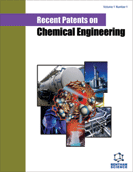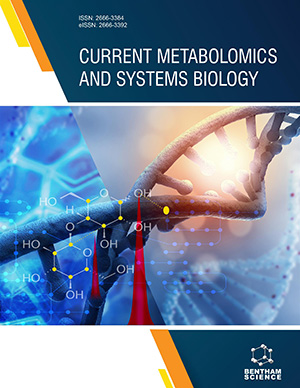Abstract
Wastewater treatment modelling combining hydrodynamics, mass transfer and kinetic issues remains one of the major goals of chemical engineering. The reactor design is frequently based on Activated Sludge Models (ASM) that describe the biological processes in an Activated Sludge (AS) process. The ASM are generally implemented on ideal models of chemical reactors that do not account for the actual hydrodynamics of the reactor. Nowadays, it is possible to obtain hydrodynamic information of an AS tank from computational fluid dynamic (CFD) simulations that provide information about the mass transfer in the flow field of the AS tank and enable determining the residence time distribution (RTD). This chapter focuses on the use of CFD data coupled to the state-of-the-art ASM1, and resumes the work developed by many researchers on this issue. The influence of the RTD on the results of the simulations using ASM1, is analyzed from the simulations of the ASM1 using various reactor models. A procedure is proposed for the coupling of the CFD simulations information with the ASM1 biological model.
Keywords: Activated sludge, oxidation ditch, macromixing, residence time distribution, activated sludge models, CFD, large eddy simulation, averaged reynolds navier-stokes equations, turbulence models, compartmental approach.






















